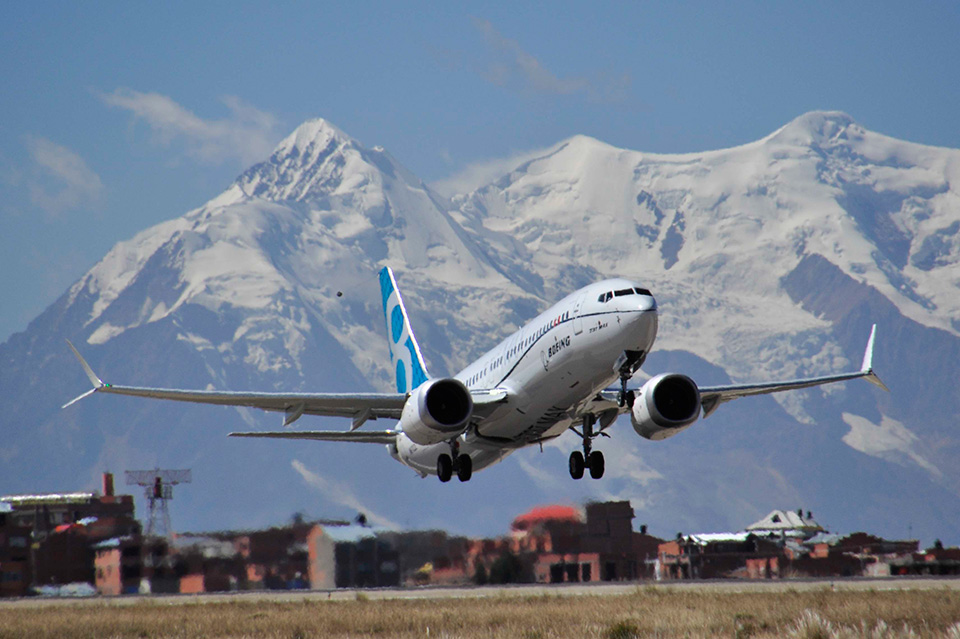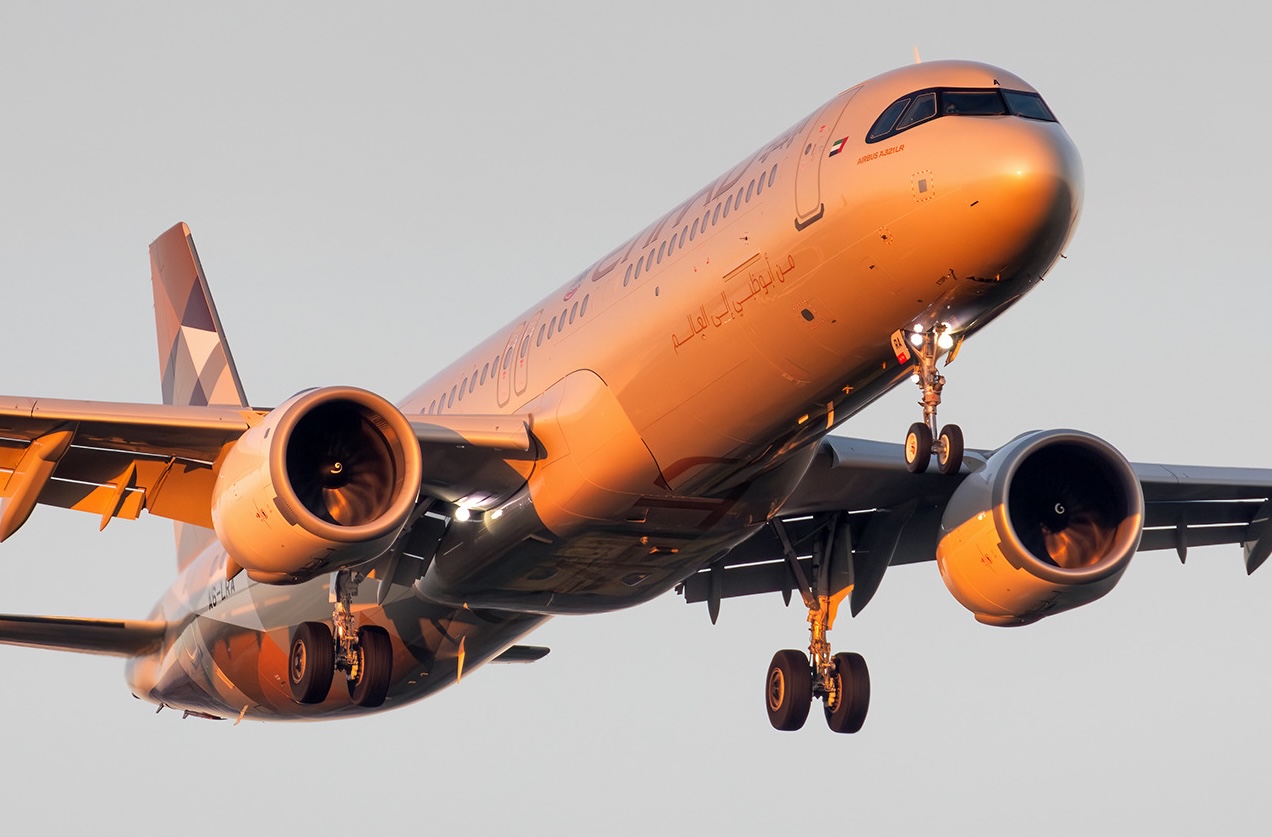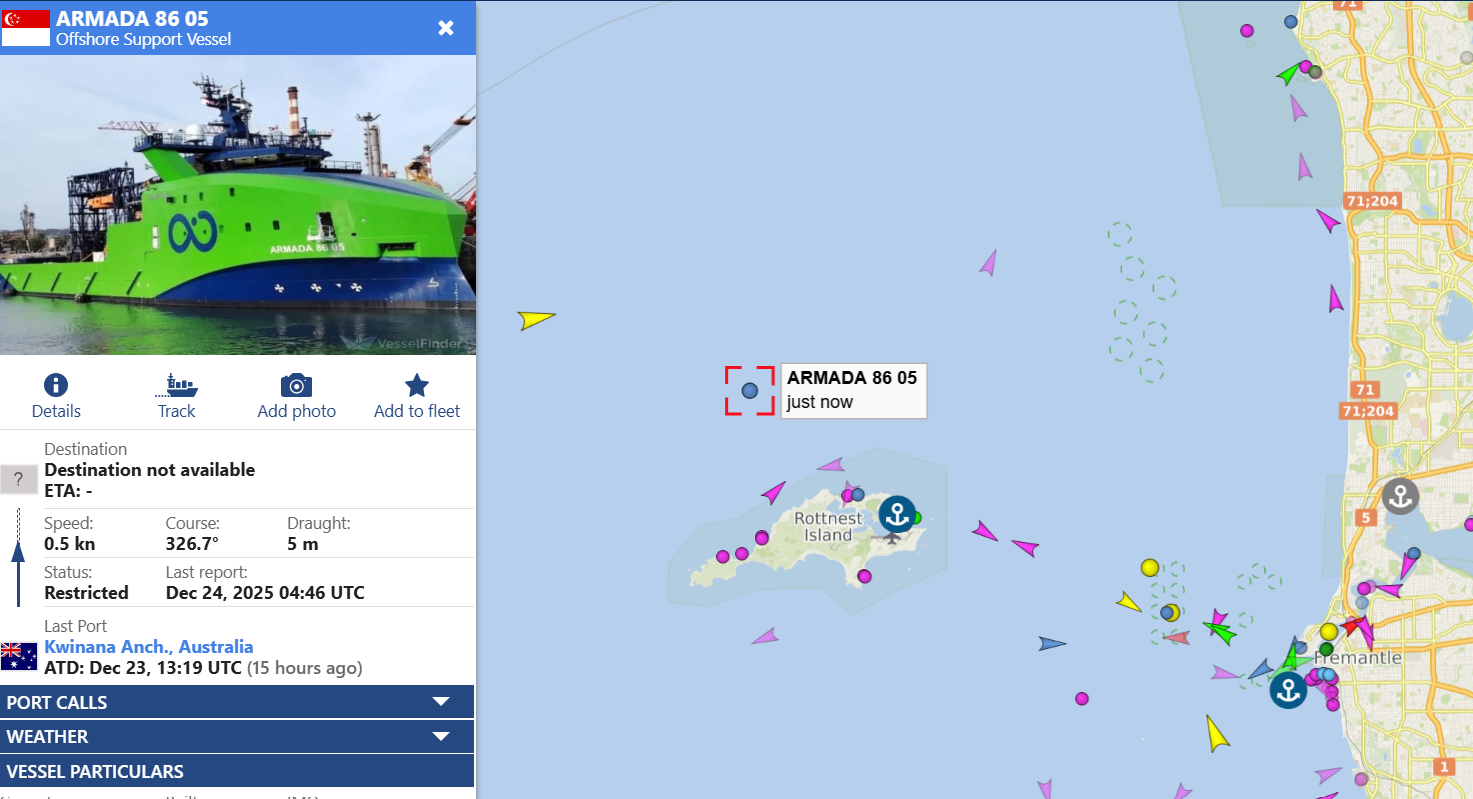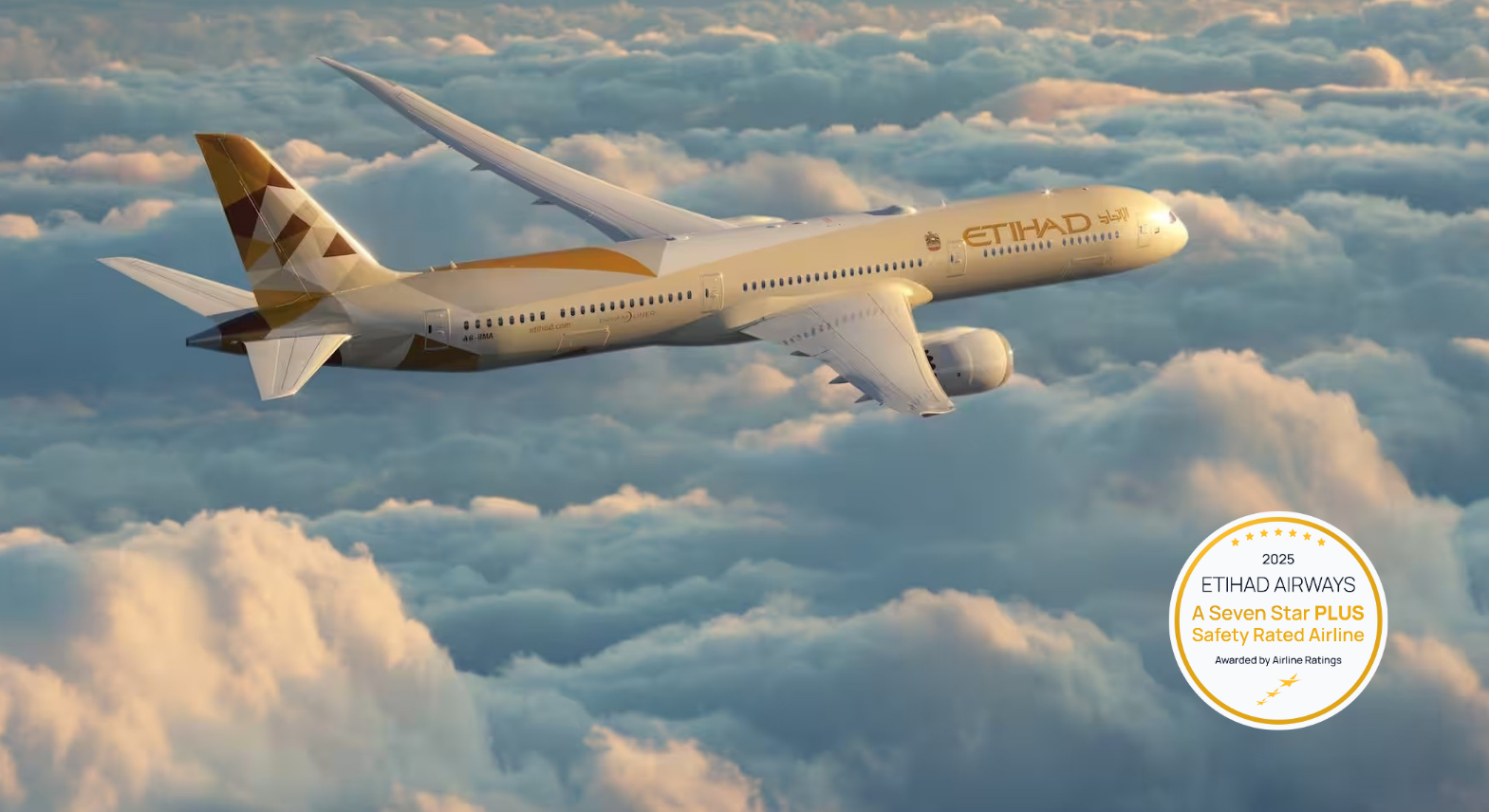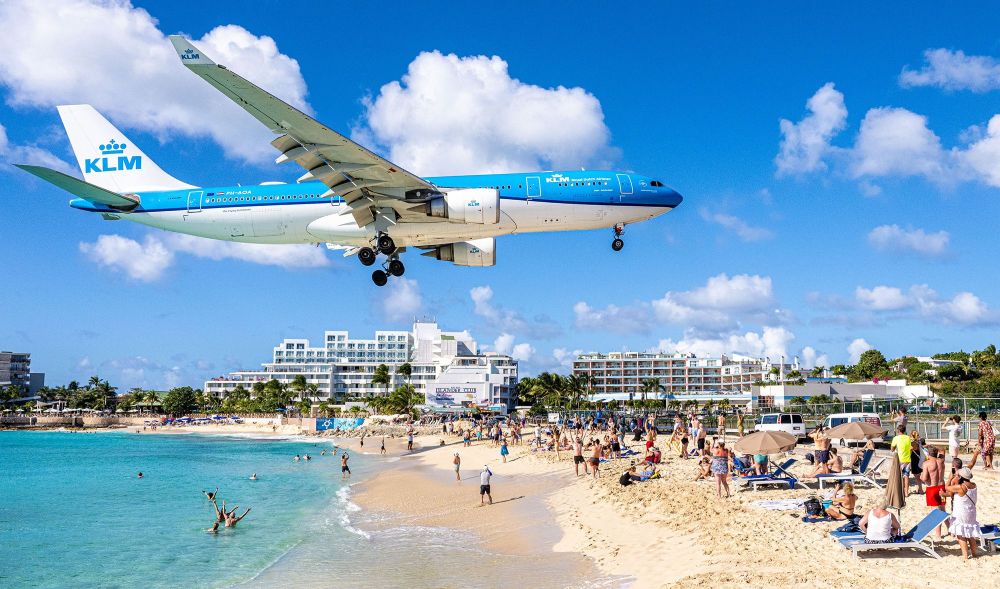By Steve Creedy
Published Tue Mar 12 2019
Boeing’s latest versions of the 737 have been dealt a new blow with the European Union Aviation Safety Agency banning all flights within, to or from Europe but US authorities have hit back.
The Europeans say say further action may be necessary to ensure the continued airworthiness of the B737 MAX 8 and MAX 9.
EASA justified its decision by saying it was taking every step necessary to ensure the safety of passengers in the wake of the tragedy involving Ethiopian Airlines Flight ET302, which slammed into the ground on Sunday with 157 people on board.
With Gulf airlines also grounding the MAX aircraft, the US and Canada are now the only countries still flying substantial numbers of the planes.
But Boeing said it had full confidence in the planes and there was no basis to issue further guidance at this stage.
And the US Federal Aviation Administration reiterated its view that there was so far no evidence to warrant grounding e planes.
"The FAA continues to review extensively all available data and aggregate safety performance from operators and pilots of the Boeing 737 MAX," it said.
"Thus far, our review shows no systematic performance issues and provides no basis to order grounding the aircraft.
"Nor have other civil aviation authorities provided data to us that would warrant action.
"In the course of our urgent review of data on the Ethiopian Airlines Flight 302 crash, if any issues affecting the continued airworthiness of the aircraft are identified, the FAA will take immediate and appropriate action."
EASA published an airworthiness directive (AD) suspending all operations of Boeing 737 MAX 8 and MAX 9 aircraft in Europe.
It also suspended commercial flights performed by third country operators of the planes “into, within or out of the EU”.
The move comes after the number of countries banning the plane expanded Tuesday to include Australia, Singapore, Malaysia, Turkey, Holland, Germany, Iceland, France and the UK.
In its AD, The EU noted that a previous crash involving Lion Air in October had prompted the US Federal Aviation Administration to issue an emergency directive, later replaced by a final rule, requiring certain changes to the aircraft manual regarding runaway horizontal stabilizer trim limitations and procedures.
“ Since that action, another fatal accident occurred,’’ it said.
“ At this early stage of the related investigation, it cannot be excluded that similar causes may have contributed to both events.”
The FAA issued a notice to the international aviation community Tuesday outlining what it and Boeing have been doing in recent months to address some of the issues that arose from the Lion Air crash but EASA said further action may be necessary.
“Based on all available information, EASA considers that further actions may be necessary to ensure the continued airworthiness of the two affected models,’’ it said.
“For the reasons described above, pending the availability of more information, EASA has decided to suspend all flight operations of the two affected models.”
There is still no hard evidence of a link between the incidents in Ethiopia and Indonesia but the industry and media have been spooked by similarities between the two.
Ethiopian airline chief executive Tewolde GebreMariam told CNN’s Richard Quest that the pilots of ET302 told air traffic control they were having flight control problems before the crash.
He said the pilots were aware of the AD issued after the Lion Air crash in October and had additional training.
He also revealed the flight data and cockpit voice recorders were being sent overseas to be read but did not specify where.
GebreMariam said he believed the similarities between the Lion Air and Ethiopian crash were "substantial" given that both incidents featured brand new airplanes of the same model and both flights lasted for just minutes.
The FAA has not banned the plane at this stage and US carriers, which operate 74 of the global fleet of 383 MAX aircraft, are still flying it.
The crisis hit Boeing's share price again seeing it close down more than 6 percent Tuesday after dropping more than 5 percent on Monday.
It has even attracted the attention of US President Donald Trump who expressed the opinion that planes are becoming too complex to fly.
"Pilots are no longer needed but rather computer scientists from MIT,'' he said. "I see all the time in many products. Always seeking to go one unnecessary step further when often old and old and simpler is far better."
The tweet prompted a phone call from Boeing CEO Dennis Muilenburg who reiterated the company's position that the MAX aircraft is safe.
Boeing’s statement said safety was its number one priority and it had “full confidence in the safety of the 737 MAX”.
“We understand that regulatory agencies and customers have made decisions that they believe are most appropriate for their home markets.
“We’ll continue to engage with them to ensure they have the information needed to have confidence in operating their fleets.
"The United States Federal Aviation Administration is not mandating any further action at this time, and based on the information currently available, we do not have any basis to issue new guidance to operators.”
The FAA said in a Continued Airworthiness Notification to the International Community issued Monday that it did not have information that would prompt it to draw conclusions or take action but it would do so if it identified a safety issue.
It has been working with Boeing for some time on changes arising from the Lion Air crash and expects to issue an airworthiness directive about flight control enhancements no later than April.
Boeing said the changes included updates to MCAS, pilot displays, operations manuals and crew training.
READ: Ethiopian Flight recorders found as more 737 MAX 8s grounded
But it said it was important to note the FAA was not mandating any further action at this time and the actions in its earlier AD continued to be appropriate.
It said a flight control law known as MCAS that is part of the debate on the 737 MAX was put through flight testing as part of the certification process and does not control the aircraft in normal flight, only abnormal situations.
Its flight crew operations manual already outlined a procedure to safely handle “the unlikely event of erroneous data coming from an angle of attack sensor," it said.
Have questions or want to share your thoughts?
Get In Touch